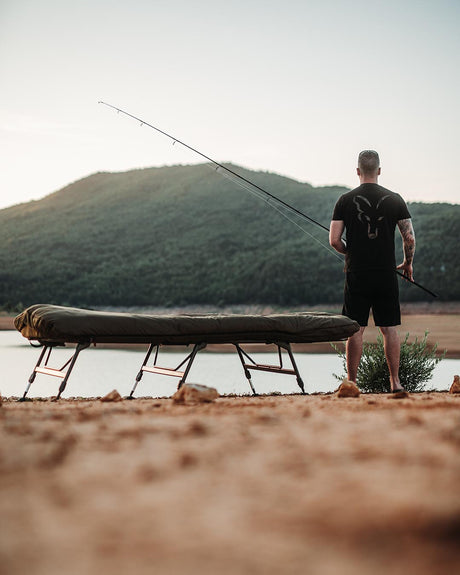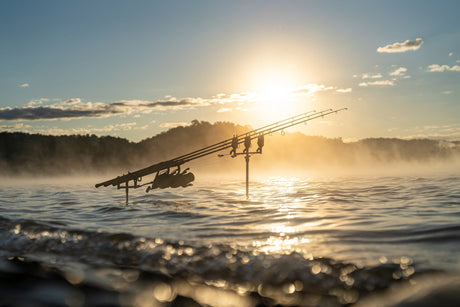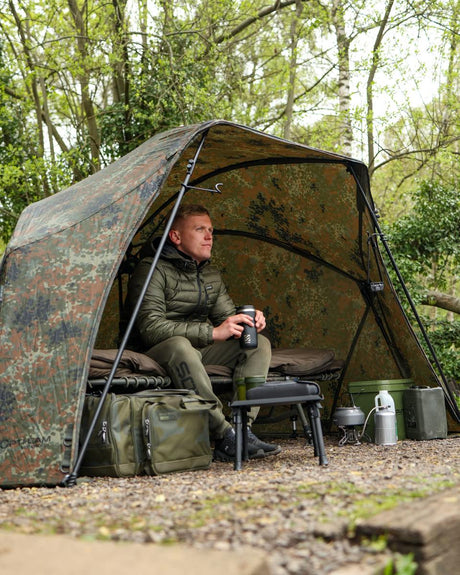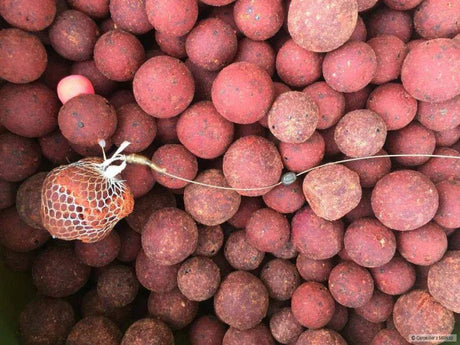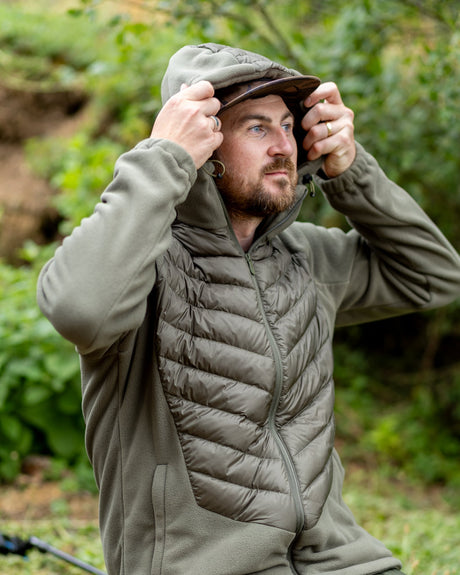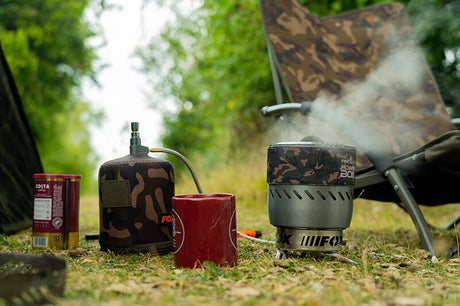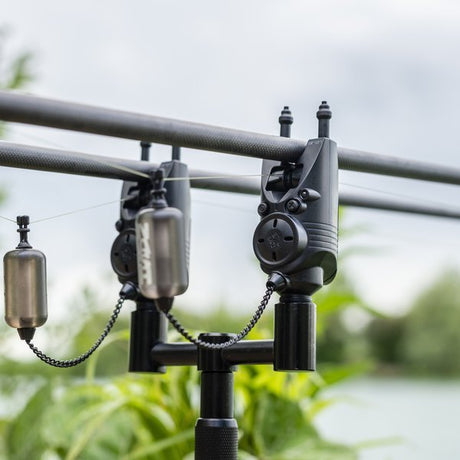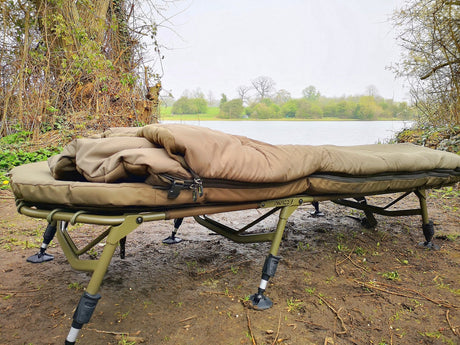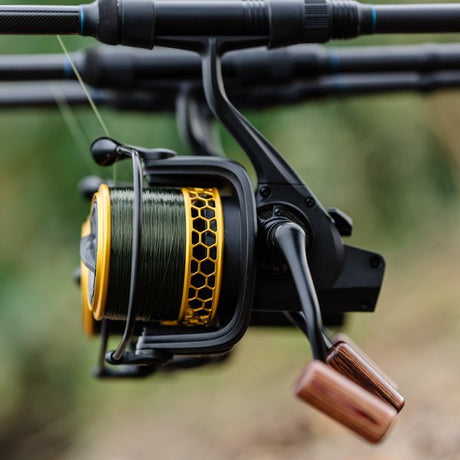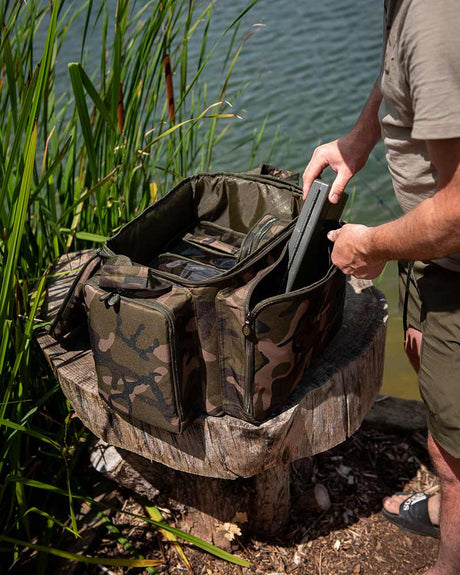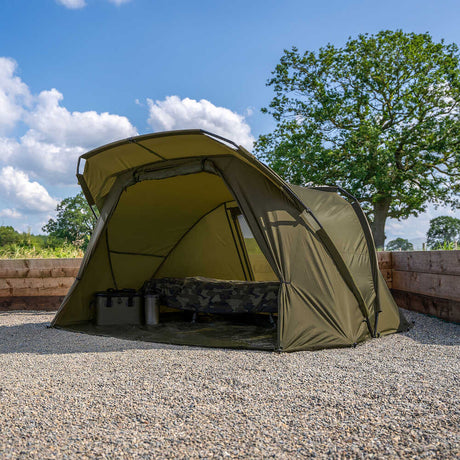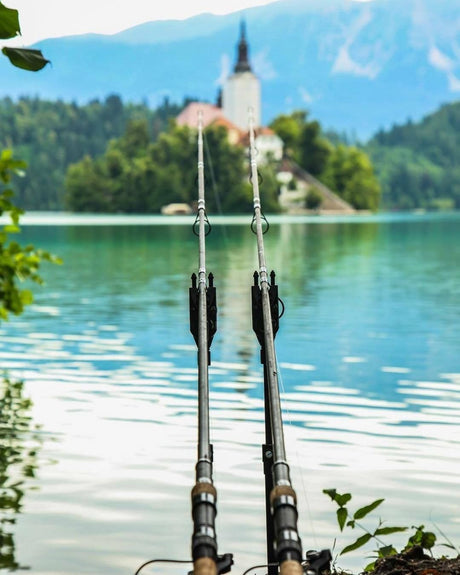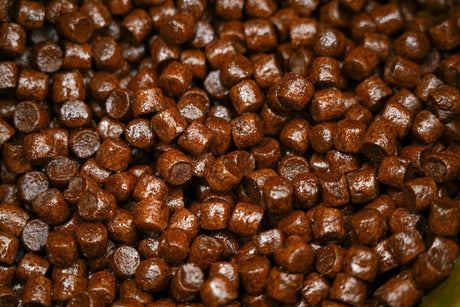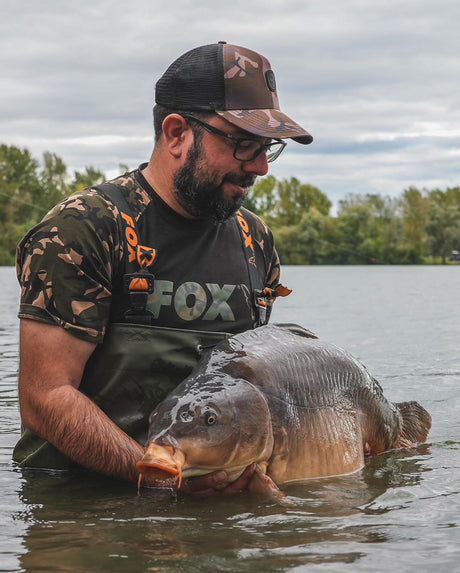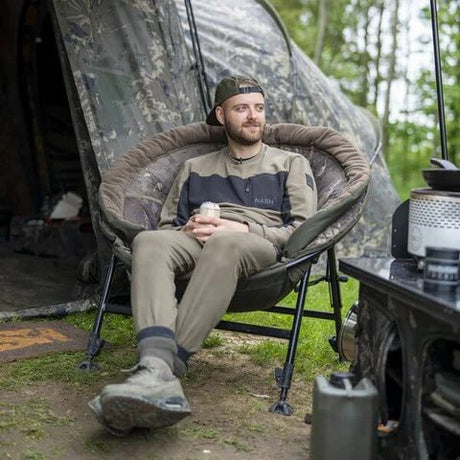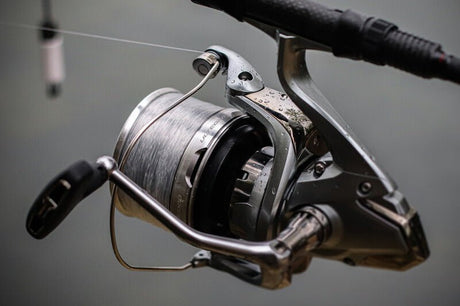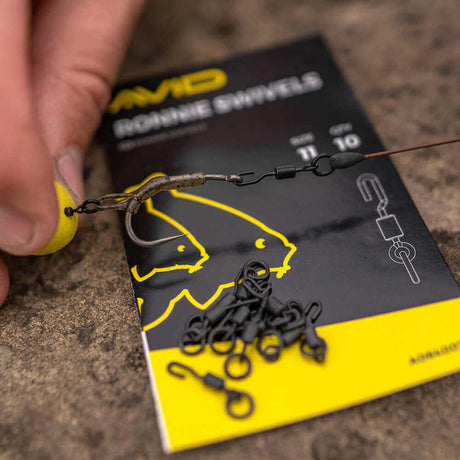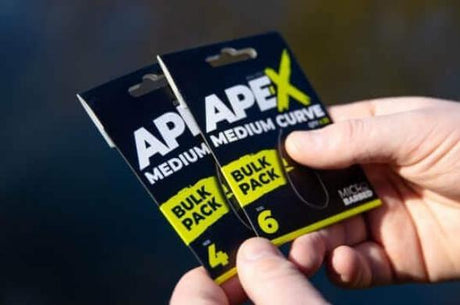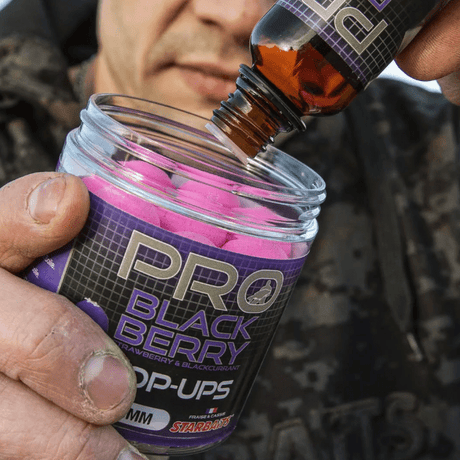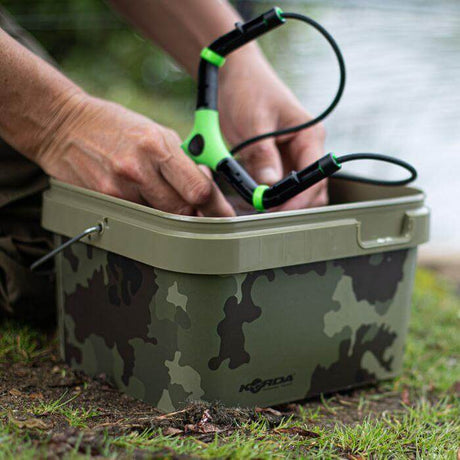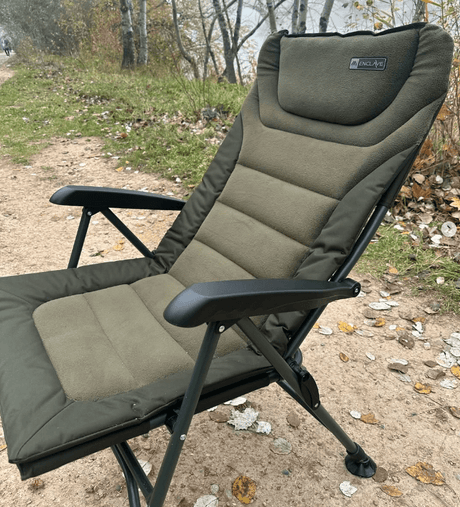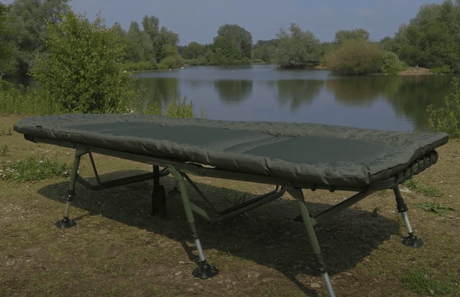- 11% off
Ridge Monkey
Bags of pva Ridge Monkey L 85x150mm
Sale price €3,99 EUR Regular price €4,49Unit priceUnavailable Castaway
Mesh Pack PVA in 18 and 25 mm tube Castaway
Regular price €15,50 EURUnit priceUnavailableVitalbaits
Mesh Replacement PVA 15 mm Vitalbaits
Sale price €5,50 EUR Regular price €6,99Unit priceUnavailable- 6% off
Ridge Monkey
Mesh Replacement PVA Ride Monkey 25 mm
Sale price €7,49 EUR Regular price €7,99Unit priceUnavailable Ridge Monkey
Mesh Replacement PVA of 20 mm Ridge Monkey Stick
Sale price €7,49 EUR Regular price €7,99Unit priceUnavailableCastaway
Replacement mesh 18 mm / 25 meters PVA Castaway
Regular price €16,49 EURUnit priceUnavailable- 14% off
Ridge Monkey
Mesh in tube PVA Ridge Monkey 20 mm
Sale price €12,90 EUR Regular price €14,99Unit priceUnavailable Nash
Mesh PVA in tube Nash Ultra Weave Super Narrow 18 mm
Regular price €15,99 EURUnit priceUnavailableNash
18 mm mesh refill PVA Nash Ultra Weave Super Narrow
Regular price €8,99 EURUnit priceUnavailable























































































